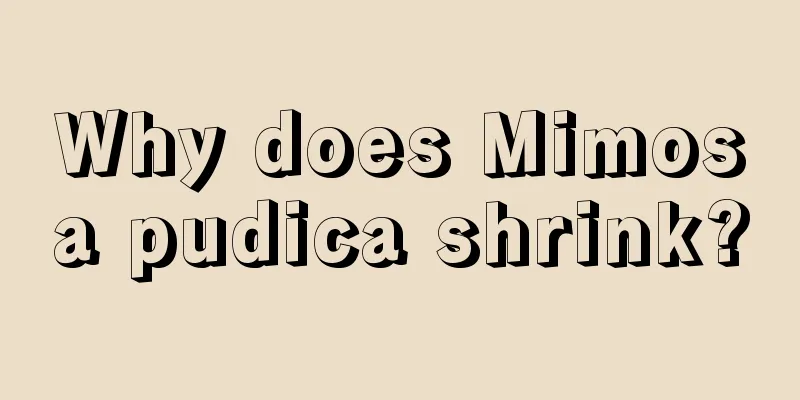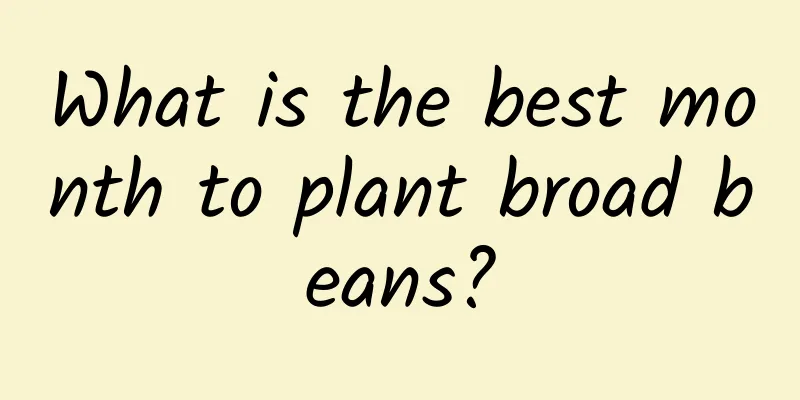Why does Mimosa pudica shrink?

1. PrincipleAt the base of the petiole of the mimosa, there is a unique organ called the "pulvinus", in which grow many thin-walled cells. These thin-walled cells are extremely sensitive and will react to the slightest vibration or stimulation from the outside world. 2. Physiological reactionsWhen the leaves are touched and vibrated, the cell fluid in the parenchyma cells will gradually flow into the gaps between the cells, which greatly reduces the expansion of the cells and reduces the pressure on the parenchyma cells at the end of the pulsatilla, resulting in the leaves being tightly closed and the petioles drooping. As the mimosa continues to grow, the leaves will also grow and close, especially in the silent night, when the leaflets of the mimosa close and the petioles gradually droop. It will also close due to vibration from external forces during the day. When the mimosa is exposed to relatively weak light, the water in the pulsatilla that supports the leaves will flow to the sides due to external forces, causing the leaves to close. This phenomenon will last for less than two minutes, the cell sap will flow back to the pulsation, and the leaf will gradually return to its original state. In addition, the leaves of mimosa will shrink rapidly and then suddenly wither before being subjected to severe vibrations. By using this characteristic, we can use mimosa to predict earthquakes. The editor has finished explaining the contraction of mimosa. I wonder if flower lovers have any understanding of it? |
<<: Maintenance tips for mimosa
Recommend
How to grow azalea in autumn
1. Watering time The watering conditions for azal...
Can Gardenia be repotted in summer? When to repot and what should be paid attention to?
Can Gardenia be repotted in summer? Gardenias can...
Plants in the rainforest
1. Sal tree The sal tree is a tree of the Diptero...
Exclusive spring reproduction method
Propagation by division time The time for divisio...
How to grow cloud bamboo so that it grows vigorously?
As an indoor ornamental plant, although cloud bam...
Preparation method of white palm soil
Soil requirements for white palm 1. Likes acidic ...
How to transplant succulents
1. Preparation 1. Flower pot: First, prepare a ne...
Your plants are growing wildly, and this may not be a good thing
Succulent The stems of the elongated succulent pl...
How to propagate Cosmos
sowing Cosmos planting season The seeds of Cosmos...
Which indoor hydroponic plants are easy to grow? Which flowers and green plants are suitable for indoor water cultivation?
What are the plants suitable for indoor hydroponi...
Can orchids be grown on the balcony? (What should I pay attention to when growing orchids on my balcony?)
Can orchids be grown on the balcony? It is not di...
How to grow fig seedlings
Fig is a fruit that is rich in nutrients and has ...
What to do if you overwater your African violets
Overwatering African Violets Generally speaking, ...
What is the best month to plant saffron?
When to plant saffron Saffron is usually planted ...
A4 paper, loofah sponge...I use all the waste you piled up in the corner to grow flowers
1. Plant vegetables on A4 paper Prepare materials...









